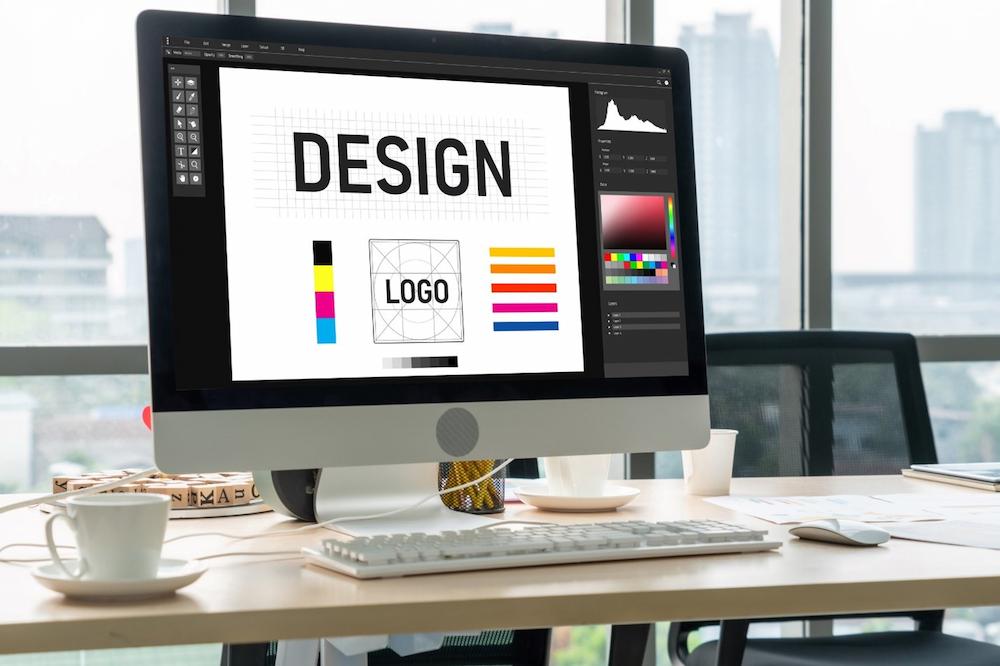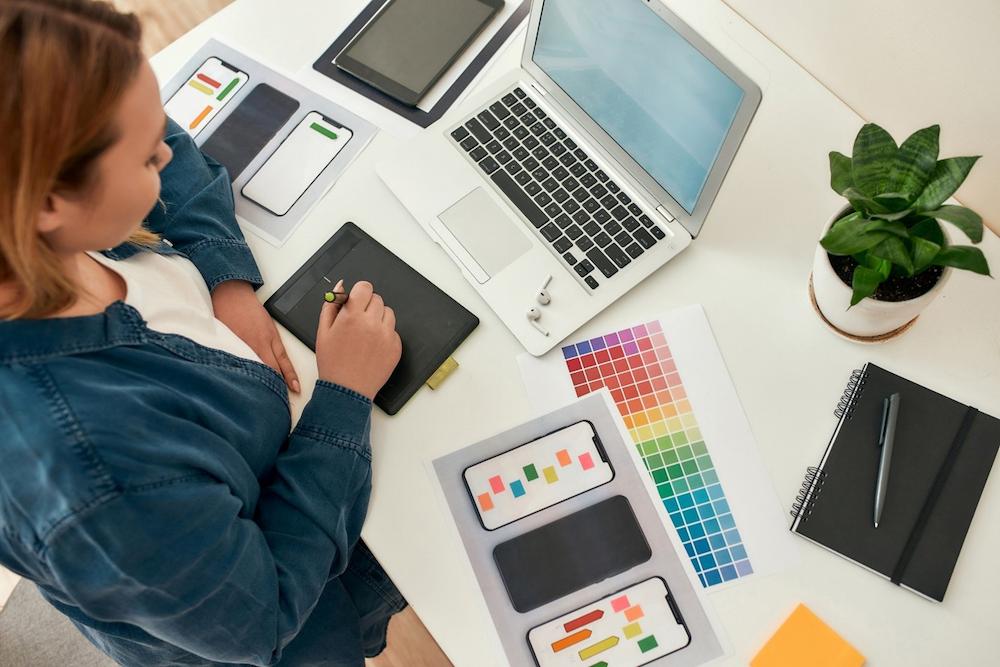Why Not to Use Canva for Trade Show Displays

Guide to Display Graphics: Why You Should Not Use Canva
Since its initial release in 2013, Canva has become a popular online design platform for creating everything from sales presentations to social media content. However, although Canva is great for certain applications, it has some limitations that rear their ugly head with trade show and exhibit displays. Here are seven reasons to avoid Canva for display graphics and suggestions for other approaches.
1. Limited Resolution for Large-Scale Prints
- Issue: Canva is designed for digital graphics and small-scale prints, and its maximum resolution may not meet the requirements for large-format displays. When scaled up to trade show sizes, graphics may appear pixelated or blurry, undermining your professional image.
- Alternative: Use professional design software like Adobe Illustrator or InDesign, which support vector graphics that scale without losing quality.
2. Limited Customization for Professional Layouts
- Issue: Canva’s templates are generic and designed for beginner-level users, lacking the flexibility and precision needed for complex, professional layouts. Trade show graphics often require precise alignments, bleed areas and file formats tailored to printing specifications — things Canva struggles to provide.
- Alternative: Collaborate with a professional designer who can create a custom layout tailored to your booth's dimensions and branding.
3. Subpar Color Accuracy
- Issue: Canva uses an RGB color model optimized for screens. Printing requires CMYK color profiles for accurate reproduction. Colors in your trade show graphics may look different in print than on your screen, potentially diluting your brand identity.
- Alternative: Design with software that supports CMYK color modes and proofs, ensuring colors translate accurately to print.

4. Lack of Vector-Based Design Options
- Issue: Canva primarily uses raster (pixel-based) images such as PNG or JPG. Unlike vector files, these cannot be resized without compromising quality. Your graphics may look crisp on-screen but will degrade significantly when enlarged for banners or backdrops.
- Alternative: Work with vector-based formats (e.g., AI, EPS or PDF) to ensure sharp, scalable designs.
5. Generic Design Aesthetic
- Issue: Canva templates are widely used, leading to designs that may look generic or unoriginal. At a trade show where visual differentiation is key, a lack of unique design could make your booth blend in rather than stand out.
- Alternative: Invest in custom, professional designs that align closely with your brand’s voice and message.
6. Inadequate Support for Advanced Design Elements
- Issue: Canva lacks advanced tools like custom typography, precise layering and sophisticated graphic effects. You may struggle to create the visually complex or dynamic graphics needed to attract attention on a busy trade show floor.
- Alternative: Use professional-grade software to incorporate high-level design features like layered imagery, gradients and custom shapes.
7. Intellectual Property Concerns
- Issue: The Canva licensing terms for templates and elements may restrict how you use the designs commercially. You might unintentionally violate licensing agreements if you reuse Canva elements for trade show materials.
- Alternative: Create designs from scratch or purchase rights to custom elements to avoid legal issues.
If you need assistance with your display, Monster Displays offers professional graphic design services ranging from layout and typesetting to creating vector logos. Contact us today to learn more!



